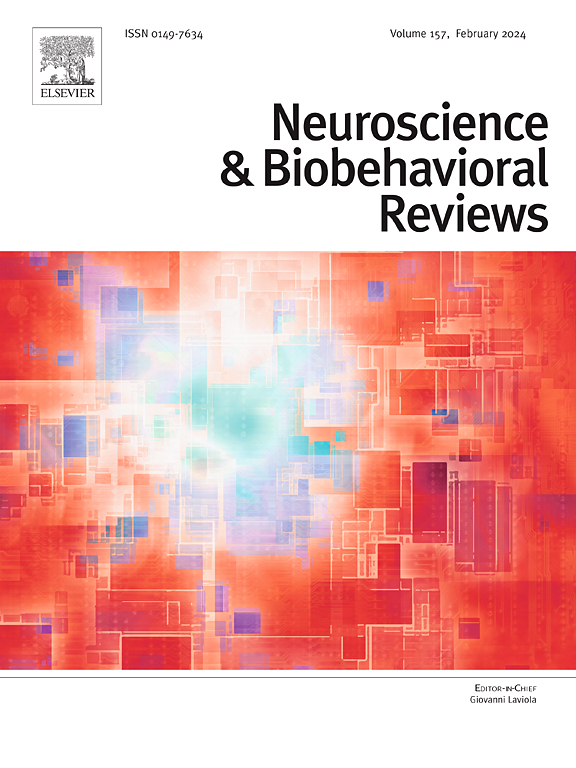Advanced and long-term meditation and the autonomic nervous system: A review and synthesis
IF 7.5
1区 医学
Q1 BEHAVIORAL SCIENCES
引用次数: 0
Abstract
Meditation has become prominent in both clinical and non-clinical applications for its effects on psychological and physical well-being. Long-term meditators, who have dedicated extensive time to their practice, present a unique opportunity to explore the effects of prolonged meditation training on the autonomic nervous system. Research has reported concomitant activation of both sympathetic (aroused) and parasympathetic (relaxed) branches of the autonomic nervous system during some forms of meditation, leading to the term ‘relaxed alertness.’ However, findings are not consistent, with reports of both sympathetic and parasympathetic activation, sympathetic-only, parasympathetic-only, or temporally variable activations, depending on several factors. This review synthesizes these heterogeneous and seemingly inconsistent results in relation to three explanatory factors: (1) specific classification of style or type of meditation; (2) specific definition of the level of expertise of the meditators; and (3) intra-individual variations within a given meditation practice. When these factors are considered, convergent and meaningful patterns emerge, allowing for a shift from the broad notion of 'long-term' meditation to a more precise characterization of 'advanced' meditation, highlighting skills, states, and stages of mastery developed over time. Our synthesis is particularly useful for understanding both long-term and advanced meditation, as it reveals specific heart rate variability patterns, including very low and low-frequency spectral power peaks, along with cardiac and respiratory coupling. Better characterization of the role of the autonomic nervous system in the context of advanced meditation promises to inform improved meditation training, including training assisted by technology, toward more impactful outcomes.
高级和长期冥想与自主神经系统:综述和综合
冥想对心理和身体健康的影响在临床和非临床应用中都很突出。长期冥想者花大量时间练习冥想,为探索长期冥想训练对自主神经系统的影响提供了一个独特的机会。研究报告称,在某些形式的冥想中,自主神经系统的交感神经(被唤醒)和副交感神经(被放松)分支同时被激活,这就产生了“放松警觉性”这个词。“然而,研究结果并不一致,报告中有交感神经和副交感神经激活,仅交感神经激活,仅副交感神经激活,或暂时可变激活,这取决于几个因素。”本综述综合了这些异质性和看似不一致的结果与三个解释因素的关系:(1)冥想风格或类型的特定分类;(2)具体界定冥想者的专业水平;(3)特定冥想练习中的个体内部差异。当考虑到这些因素时,聚合和有意义的模式出现了,允许从“长期”冥想的广义概念转变为更精确的“高级”冥想特征,突出技能,状态和掌握阶段随着时间的推移而发展。我们的合成对于理解长期和高级冥想都特别有用,因为它揭示了特定的心率变异性模式,包括非常低和低频的频谱功率峰值,以及心脏和呼吸耦合。更好地描述自主神经系统在高级冥想中的作用,有望为改进冥想训练提供信息,包括由技术辅助的训练,以获得更有影响力的结果。
本文章由计算机程序翻译,如有差异,请以英文原文为准。
求助全文
约1分钟内获得全文
求助全文
来源期刊
CiteScore
14.20
自引率
3.70%
发文量
466
审稿时长
6 months
期刊介绍:
The official journal of the International Behavioral Neuroscience Society publishes original and significant review articles that explore the intersection between neuroscience and the study of psychological processes and behavior. The journal also welcomes articles that primarily focus on psychological processes and behavior, as long as they have relevance to one or more areas of neuroscience.

 求助内容:
求助内容: 应助结果提醒方式:
应助结果提醒方式:


